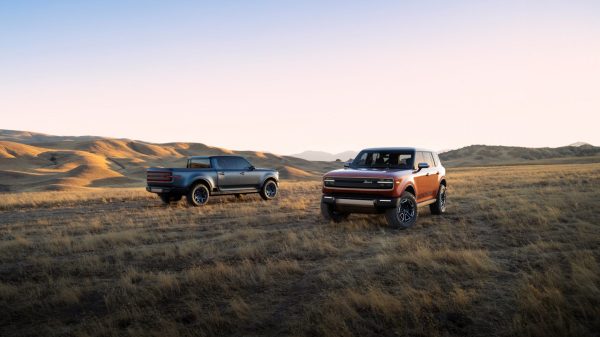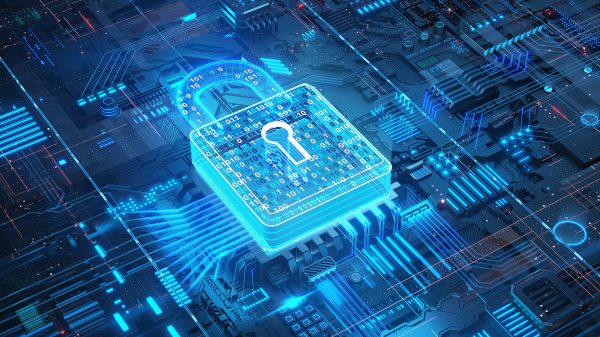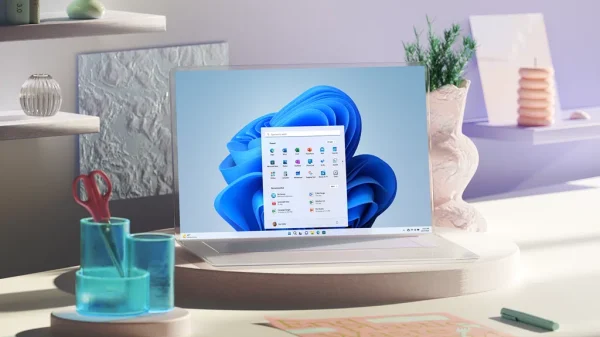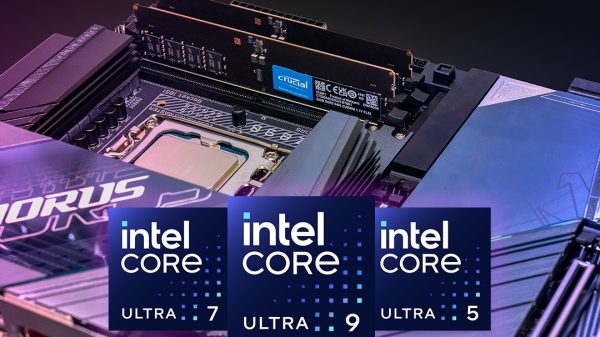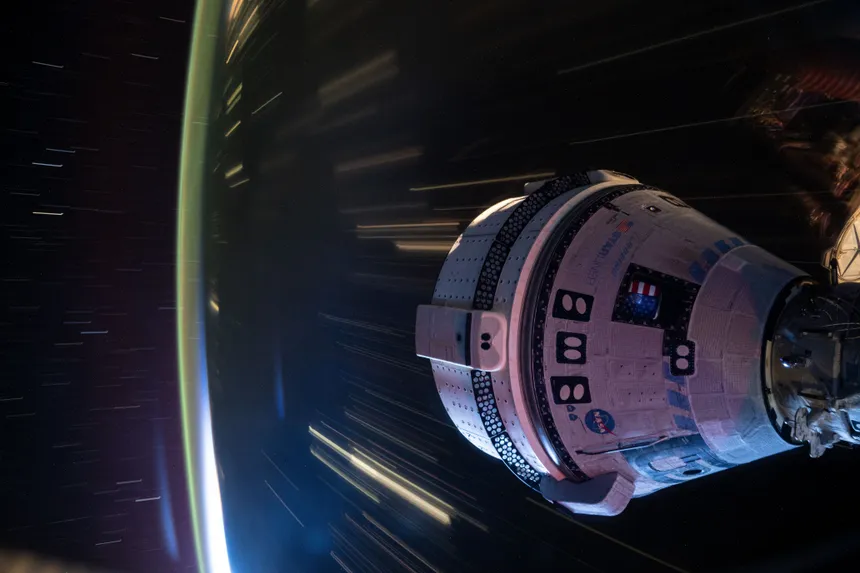Boeing’s Starliner spacecraft, designed to carry astronauts to and from the International Space Station (ISS), has encountered a problem with its thrusters, forcing NASA to extend the mission and delaying the astronauts’ return to Earth. The issue arose on June 6, when the Starliner approached the ISS, and NASA grew concerned about the thrusters’ functionality.
The thrusters, or reaction control system (RCS) thrusters, are crucial for controlling the spacecraft’s orientation and guiding it during reentry into Earth’s atmosphere. The problem with the thrusters has meant that NASA astronauts Suni Williams and Butch Wilmore, who were initially scheduled to spend around eight days on the ISS, have had their mission extended indefinitely.
To better understand the issue, NASA and Boeing recently completed ground hot fire testing of a Starliner RCS thruster at the White Sands Test Facility in New Mexico. The tests involved firing the engine under similar in-flight conditions to those experienced during the Starliner’s approach to the ISS, as well as various stress case firings for expected scenarios during undocking and the deorbit burn.
The data from these tests is currently being analyzed, and NASA’s leadership plans to discuss initial findings during a media event on July 25. The media event will feature Steve Stich, manager of NASA’s Commercial Crew Program, and Mark Nappi, vice president and program manager of Boeing’s Commercial Crew Program.
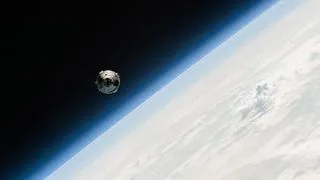
Boeing’s Starliner Delays Astronauts’ Return to Earth
The Starliner mission is an end-to-end test of the spacecraft’s systems, and once it returns to Earth, NASA will evaluate the mission to determine if it meets the necessary requirements to begin the process of certifying Starliner for rotational flights to and from the space station. This would give Boeing another option for crewed missions alongside SpaceX’s Crew Dragon spacecraft.
NASA is taking a cautious approach to address the thruster issue, highlighting the importance of ensuring the safety of the astronauts and the success of the mission. The agency is working closely with Boeing to resolve the problem, and the media event on July 25 will provide an update on the current situation and possibly a date for the Starliner’s return to Earth.
The extension of the Starliner mission has also sparked some controversy, with some critics questioning the value of the mission and the delay in getting the astronauts back home. However, NASA and Boeing have reassured the public that there is no cause for concern, and that the safety of the astronauts is the top priority.
In the meantime, the Starliner astronauts will remain on the ISS, carrying out their duties and conducting scientific experiments. The delay has also given NASA and Boeing an opportunity to further test and refine the Starliner’s systems, ultimately paving the way for a smoother and more efficient return to Earth.

